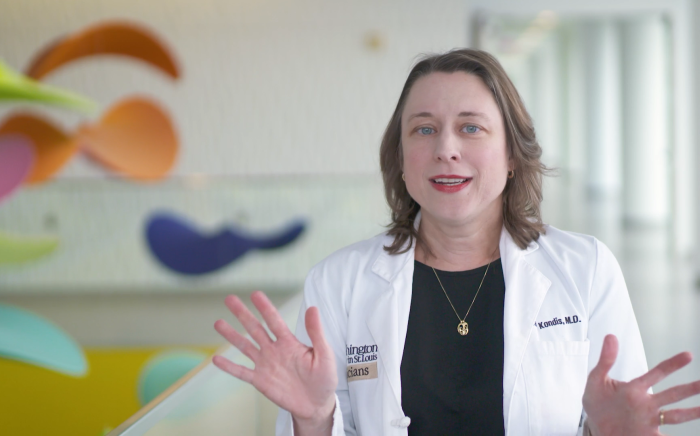After school one day, your daughter brings home a note from the school nurse stating that your child has head lice. The nurse says that after your daughter is treated with an anti-lice preparation, she can return to school. Like most parents, you may have a lot of questions. It is important to know that while lice are a nuisance, they do not transmit disease, and head lice are often easy to treat. Here are some frequently asked questions and answers as well as some tips for the treatment of head lice:
What do lice and nits (eggs) look like?
Lice are gray bugs that are approximately 1/16th of an inch long, move quickly and are difficult to see. The nits are white eggs firmly attached to the hair shafts close to the scalp. Nits hatch into lice in about a week. On the scalp, where they have a blood supply, head lice live for about three weeks, but off the scalp, they only live 24 hours. The hatched eggs mature, mate and lay eggs, and if not treated, the life cycle continues.
How are lice spread?
Head lice live only on human beings and can be transmitted by direct contact with people who have head lice or by using their combs, hats, clothing or bedding. Lice do not hop or jump. The spread of lice does not have to do with cleanliness or hygiene, and any child who is exposed can get head lice. Notify your child’s teacher or school nurse if your child has head lice.
How are head lice treated?
The preferred treatment is 1 percent permethrin (Nix), an over-the-counter anti-lice preparation. Be sure to follow package directions closely. Do NOT use a conditioner after shampooing as it may interfere with the Nix. You may use a nit comb to remove nits after treatment. To eliminate lice that may hatch after the first treatment, a second application is recommended in seven days. Household contacts should be treated if nits are found within ¼ inch of the scalp or live lice are seen. Bedmates of children who have head lice should be treated. If in doubt, contact your child’s doctor.
How should the house be cleaned?
Vacuum your child’s room and soak combs and brushes in rubbing alcohol. Wash your child’s bedding and any clothing worn in the last three days in hot water (140°F kills lice and nits). Set aside items that can’t be washed, such as coats, in a sealed plastic bag for two weeks. Anti-lice sprays and fumigation are unnecessary.
What about returning to school?
In order to cause as little disruption of school as possible, the American Academy of Pediatrics (AAP) says that kids who are found to have head lice should be sent home at the end of the school day with a note saying that once treated they can return to school the next day. The AAP also says that no-nit policies have not been effective in controlling head lice transmission. Check with your child’s school regarding their head lice policy, as policy may vary from school to school.












